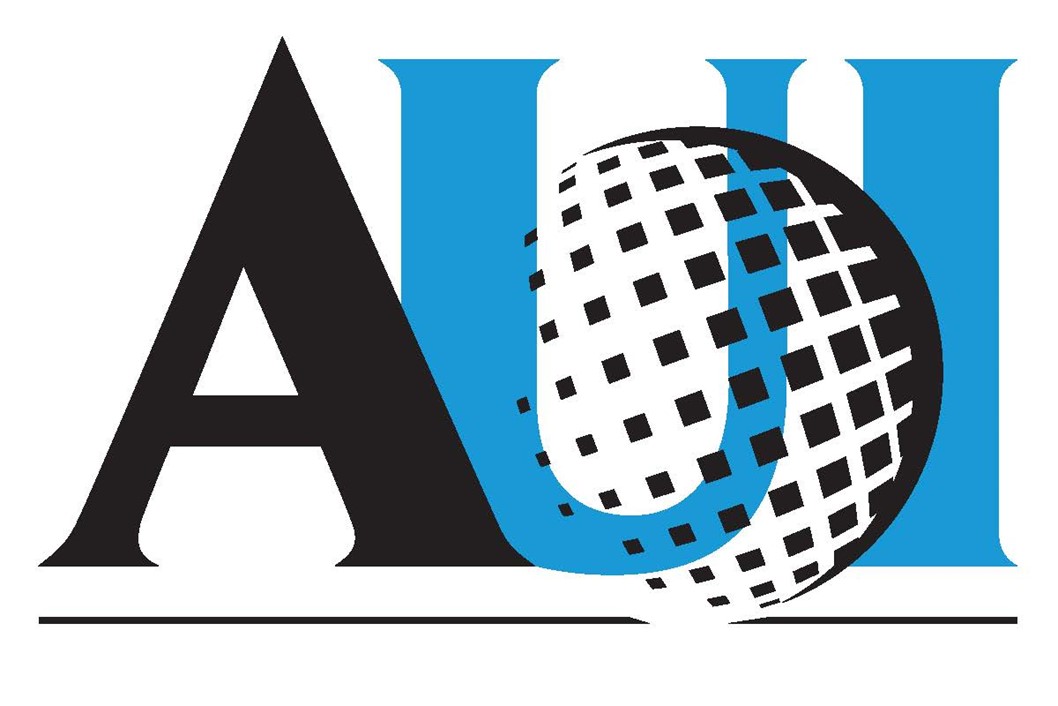The U.S. National Science Foundation National Radio Astronomy Observatory (NSF NRAO), in partnership with several leading Mexican universities and research institutes, has announced a series of landmark agreements and meetings aimed at advancing Mexico’s role in the Next Generation Very Large Array (ngVLA) project.
Recent News
Astronomers Discover a Superheated Star Factory in the Early Universe
Astronomers have uncovered a previously unknown, extreme kind of star factory by taking the temperature of a distant galaxy using the ALMA telescope. The galaxy is glowing intensely in superheated cosmic dust while forming stars 180 times faster than our own Milky Way.
Astronomers Share Largest Molecular Survey To-date: GOTHAM Legacy Data Goes Public
Astronomers in the “GBT Observations of TMC-1: Hunting Aromatic Molecules” research survey, known as GOTHAM, have released a spectral line survey with largest amount of telescope time ever conducted, charting more than 100 molecular species only found in deep space.
CORFO Selects AUI to Build and Manage the Chilean Institute for Clean Technologies

Associated Universities, Inc. has issued the following in response to being selected to build and manage the Chilean Institute for Clean Technologies:
AUI is honored by today’s decision by the Corporación de Fomento de la Producción de Chile (CORFO) to award the Chilean Institute for Clean Technologies (ICTL) construction, management, and operations contract to our team. AUI is committed to creating an institute that will impact Chilean mining, renewable energy, lithium battery manufacturing, and related industrial sectors; provide services to support entrepreneurship and Macro Zona Norte; and help develop the workforce that will be needed in the north of Chile to deliver sustainable mining, renewable energy, and enhanced value chain for critical materials such as copper, lithium, and other minerals. AUI looks forward to providing additional information about our team’s plans exciting plans for ICTL subsequent to the notice to proceed from CORFO.
The CORFO announcement is available online.
About AUI
At AUI, we make scientific breakthroughs possible. AUI was created in the public interest of as a non-profit organization to establish and manage one of the first Federally Funded Research and Development Centers, Brookhaven National Laboratory. We pioneered the user facility model allowing the research community to tackle science projects at a scale that no single institution could afford individually. User facilities are the backbone of today’s national lab system, providing access to cutting edge facilities to enable new technologies that push the boundaries of science. We continue to be the trusted manager of the US radio astronomy assets for over 70 years. We lead an international coalition to develop, build, and operate the groundbreaking ALMA observatory. Through our incubator initiatives we continually expand our focus to address national challenges and secure critical infrastructure through cybersecurity, elearning, and social science initiatives. AUI is committed to realizing the broadest public benefits that flow from vigorous scientific research. As part of this commitment, AUI supports effective programs of education and public outreach, and seeks to help build a scientific enterprise that is broadly diverse and representative of our society.
Recent News
NSF National Radio Astronomy Observatory and Mexican Institutions Sign Historic Agreements to Advance ngVLA Collaboration
The U.S. National Science Foundation National Radio Astronomy Observatory (NSF NRAO), in partnership with several leading Mexican universities and research institutes, has announced a series of landmark agreements and meetings aimed at advancing Mexico’s role in the Next Generation Very Large Array (ngVLA) project.
Astronomers Discover a Superheated Star Factory in the Early Universe
Astronomers have uncovered a previously unknown, extreme kind of star factory by taking the temperature of a distant galaxy using the ALMA telescope. The galaxy is glowing intensely in superheated cosmic dust while forming stars 180 times faster than our own Milky Way.
Astronomers Share Largest Molecular Survey To-date: GOTHAM Legacy Data Goes Public
Astronomers in the “GBT Observations of TMC-1: Hunting Aromatic Molecules” research survey, known as GOTHAM, have released a spectral line survey with largest amount of telescope time ever conducted, charting more than 100 molecular species only found in deep space.